XYLENES
MX, PX, OX
Xylenes are produced with different processes. When in refineries, oil cuts enter the reforming units, aromatic compounds comprise a great proportion of the outflow material. Separating this flow into its components, accounts for more than 70 percent of global xylene supply. Also in the steam cracking process in olefin units, some quantity of Mixed Xylene is produced. In addition, disproportioning Toluene into Benzene and Xylene and treating Pyrolysis Gasoline are also different ways to produce Mixed Xylene.
Mixed xylenes are the second-most-important aromatic product in terms of world consumption for chemical manufacture, ranking behind benzene and ahead of toluene. Mixed xylenes refers to the equilibrium mixture of four isomers with the same C8H10 chemical formula. The isomers in order of natural occurrence are meta-xylene, ortho-xylene, para-xylene, and ethyl-benzene.
Para-Xylene is made by separating compound xylene, and is a transparent liquid with no color. It is harmful to the body. The product has high value as it is used to produce terephthalic acid, which becomes raw material for polyester, fiber, PET bottles, and films. It is produced separately through the processes of adsorption and desorption wherein PX is selectively adsorbed from the raw material, Mixed Xylene (MX).
o-Xylene (ortho-xylene) is an aromatic hydrocarbon, based on benzene with two methyl substituents bonded to adjacent carbon atoms in the aromatic ring (the ortho configuration). It is a constitutional isomer of m-xylene and p-xylene.
o-Xylene is largely used in the production of phthalic anhydride, and is generally extracted by distillation from a mixed xylene stream in a plant primarily designed for p-xylene production.

APPLICATIONS
Phthalic anhydride, maleic anhydride, solvent, raw materials for polyester fibers, films, and bottle resins, bottles, dye, organic pigment, perfume, plasticizer, medicines, paint, agricultural pesticide, medicines, etc.

